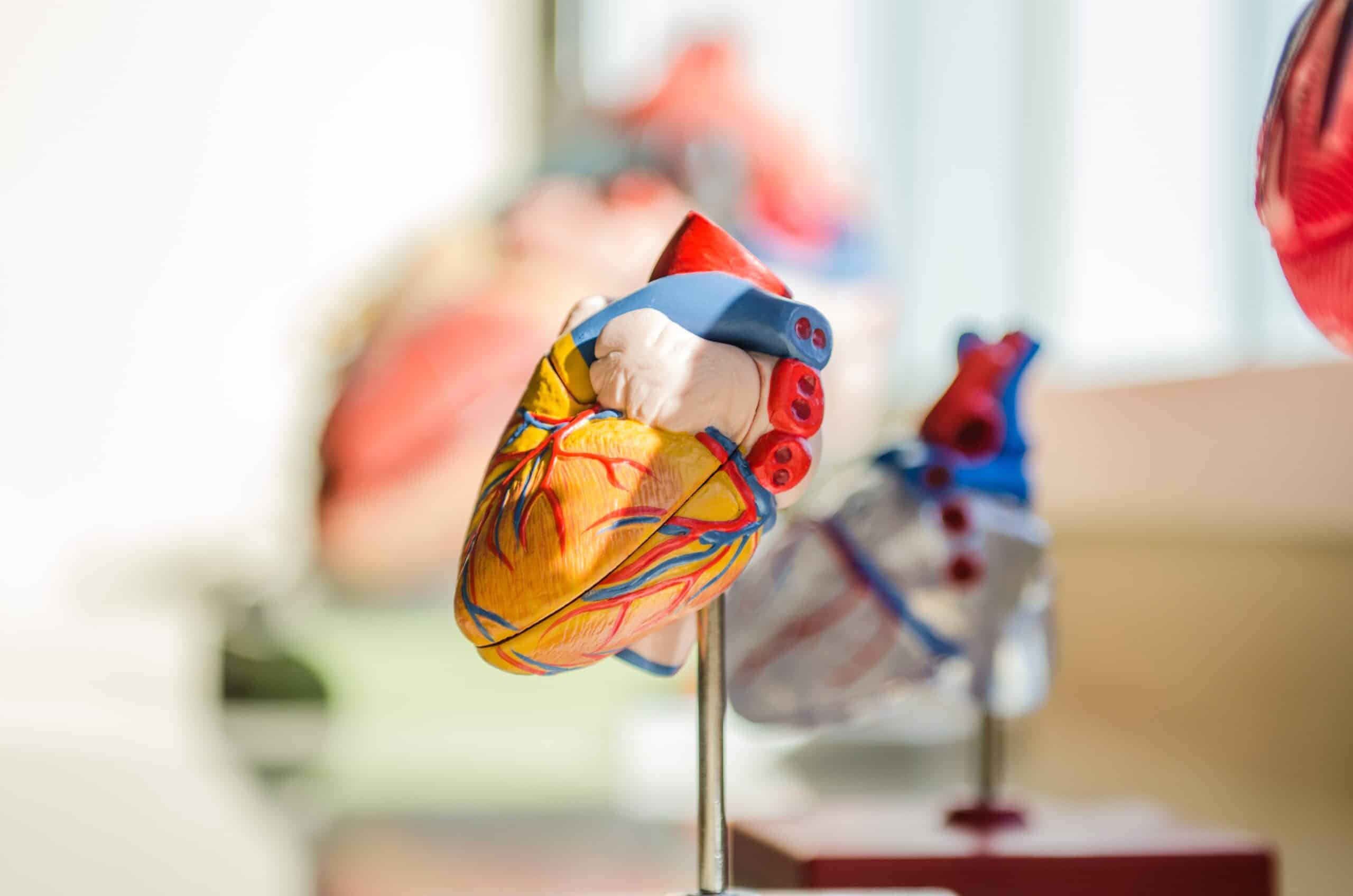I think that because I am a direct result of advancements in medicine and technology, that is one of the reasons why I have wanted to look into the history of open-heart surgery. I think it may also be because I am someone who is interested in history.
Nevertheless, the leaps and bounds that cardiac surgery, especially open heart surgery has made, especially within the last 100 years are truly life-saving. According to an article by Ali J. Marian in the early days of surgery using the heart-lung machine, the mortality rate post-op was ≈ 95% for simple CHD, this has decreased to <5% for most complex CHD in the modern era.
The heart lung machine that made the operation possible was assembled and tested in the laboratories of the Institute before it was deemed safe to use on patients. Materials were collected from Melbourne food and beverage factories to construct the machine in just 10 days.
Baker Institute
Australia’s first open-heart surgery was performed in 1959 at The Alfred Hospital, 31 years before my surgery at the Royal Children’s Hospital. In an article titled, ‘A machine breathed — and a boy lived’, published on 8th April 1959 in The Australian’s Women’s Weekly told the story of Alan Kemp, an 8-year-old boy who was on the heart-lung machine for 10 minutes of a 4-hour operation while a small hole in the heart was fixed.
It was only just 6 years previously in 1953 that the first successful open-heart surgery was performed on an 18 year old girl by John H. Gibbon, Jr, MD on May 6. Cecelia Bavolek had a defect in the upper chambers. She was connected to the device for a total of 45 minutes, 26 of those minutes her life depended on it. She had a second operation at a later date, in which her hole was completely fixed.

John had been researching and prototyping a machine for the last 26 years.
It had been a death of a patient in 1931, of a blood clot in her lungs that sparked John’s interest in developing a machine that would effectively bypass the heart and lungs, allowing surgeons to have more effective techniques. In 1935, he kept a cat alive for 26 minutes. His research was halted when he served in the army in World War II. After the war, he began a new era of experiments with dogs.
It was at this point in history the world of computers was in its infancy. John reached out to IBM CEO at the time, Thomas J. Watson, to see whether there would be any chance of collaboration. Thomas was a trained engineer, interested in the idea, John explained it further.
Shortly thereafter, a team of IBM engineers arrived at Jefferson Medical College to work with Gibbon. By 1949, they had a working machine—the Model I—that Gibbon could try on humans. The first patient, a 15-month-old girl with severe heart failure, didn’t survive the procedure. An autopsy later revealed that she had an unknown congenital heart defect.
Biography of John Heysham Gibbon Jr., Heart-Lung Machine Inventor – Article
By the time the Model II came into existence – a second patient had been found. The upgraded model had cascading blood down a thin sheet of film to oxygenate it rather than the whirling technique. The latter technique potentially could damage blood corpuscles.
It was after a successful test that John felt confident to try open-heart surgery on a human, which brings us to May 6, 1953.
After this operation, John operated only twice more with his machine. They were operated on in July 1953, both were young girls under the age of 5 years old. They both had atrial septal defects, commonly referred to as ASD, which also happened to be one of my defects.
These two patients died at surgery with difficulties again of imprecise diagnosis of atrial septal defect and complications related to bleeding during long time periods on the heart-lung machine.
Fifty Years of Open-Heart Surgery by Lawrence H. Cohen
Upset by these two failures, John left cardiac surgery for good – returning to the active practice of general thoracic surgery.
It would be other surgeons that would refine the Mark II machine, further advancing it to what is used in today’s surgeries.

Leave a Reply